Looking Beyond The Price Tag: How To Sell Rugged Devices
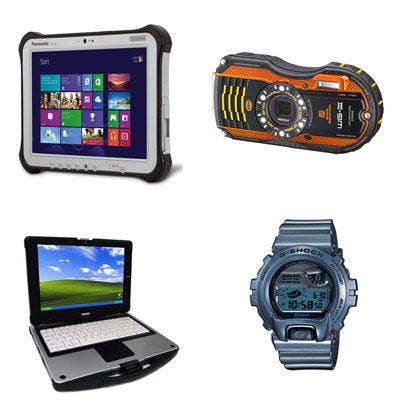
Naked And Afraid
If sales of rugged devices have been hampered by resistance to the higher prices that often accompany them, then a report published by VDC Research might provide a whole new plan of attack. In a nutshell, the study showed that so-called rugged devices are far less expensive than nonrugged ones when the costs of repair and lost productivity are factored in. Here's how to make the case for rugged devices in 10 easy steps.
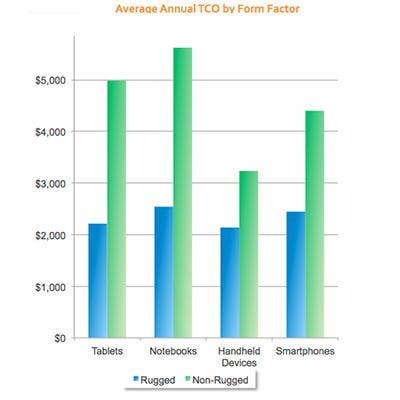
Averages
Firstly, all rugged devices cost less to operate over their lifetimes than nonrugged ones. For notebooks and tablets, the TCO is about half that of naked devices. For devices other than notebooks and tablets, TCO differences are less dramatic, but still favor the rugged. These figures include the averages of field-deployed devices and those used on-premises.
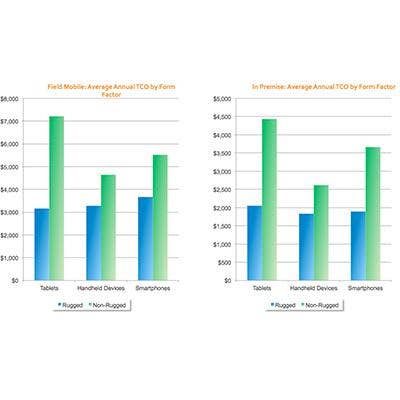
Rugged TCO
The value of the rugged device really comes into focus when hazards of field deployment come into play. VDC Research shows that an ordinary tablet costs more than $7,000 a year to operate in the field when factoring in the cost and time required by IT staff to replace the hardware and restore the data, and by the field worker to revisit the field operation to complete the original task. By contrast, a ruggedized tablet costs just over $3,000 per year to maintain in the field -- less than half the cost of a naked tablet. Costs are amplified when devices are used in remote locations, the study showed.
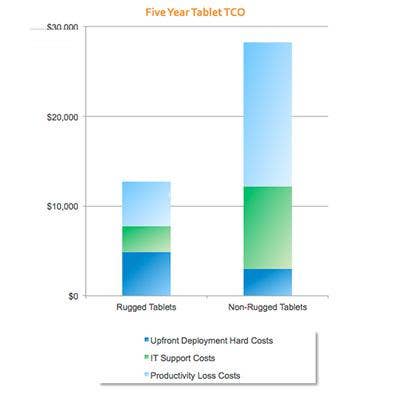
Tablet TCO
The TCO numbers appear even more dramatic when projected out over a five-year period. Non-rugged tablets can cost upward of $30,000 when including the up-front costs of the hardware itself, plus later expenditures on IT support and lost productivity. Up-front costs are higher for rugged devices, of course, but long-term costs are cut by more than half overall, thanks to significant savings in support and lost productivity. More on that next.
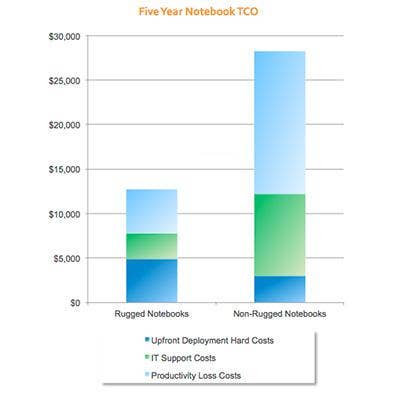
Notebook TCO
Interestingly, the long-term cost figures for rugged and nonrugged notebooks and tablets are nearly identical, as are the ratios of their relative post-deployment costs (not precisely shown). The report stated that for rugged notebooks and tablets, post-deployment costs represent approximately 62 percent of the overall TCO, whereas for nonrugged devices, it's close to 90 percent. Put another way, for every $100 spent on nonrugged hardware, $890 will be spent later on support and lost productivity.
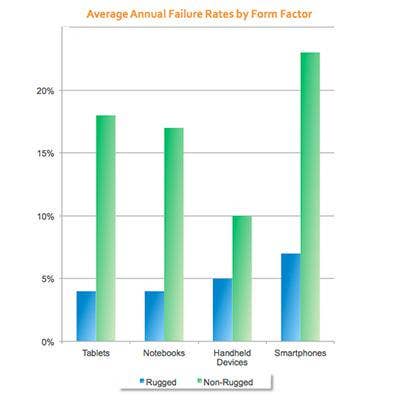
Failure Rates
Rugged devices don't fail as often as nonrugged ones. No surprise there. What's interesting is that the rate of failure of nonrugged devices is three to four times that of rugged devices, including tablets, notebooks and smartphones.
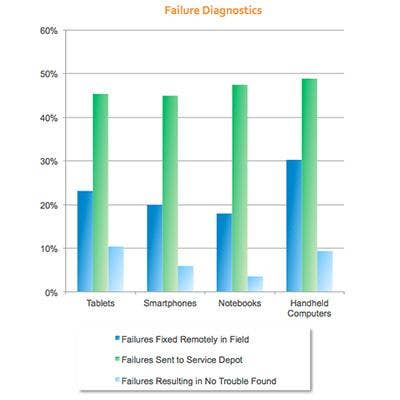
How To Fix
Here's where the lost productivity comes in. Of devices that fail, the vast majority -- between 45 percent and 50 percent -- have to be taken in for service, leaving the field operation undone and the worker less than fully productive. About one in five failed devices can be repaired in the field, which also results in lost productivity, but to a lesser degree than with a depot repair. A small percentage of failed devices are found not to have had a problem after all.
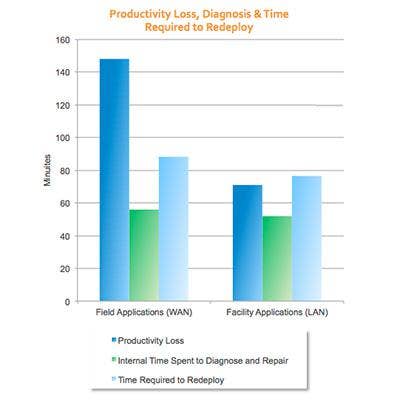
Lost Time
When a device fails, the location of the device is the biggest determinant of the amount of productivity loss and time required to diagnose, repair and redeploy. Logically, field-deployed devices put the most productivity time at risk, even though their diagnosis and repair times are quite similar at just under an hour each. Redeployment take a bit longer for field devices, which consume nearly 2.5 hours of productivity for the average failure.
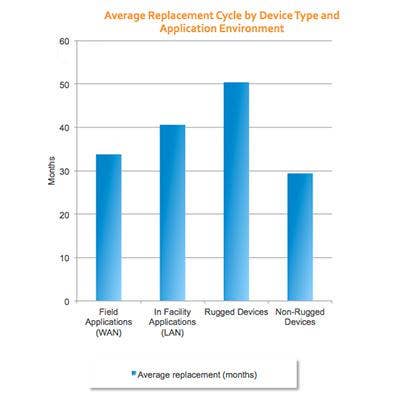
Duty Cycle
How long does the average device stay in service? The answer depends on what is deployed and where. Rugged devices last about 50 months in operation compared with 30 months of nonrugged devices, on average. For durables, subtract about 15 months for field deployment.
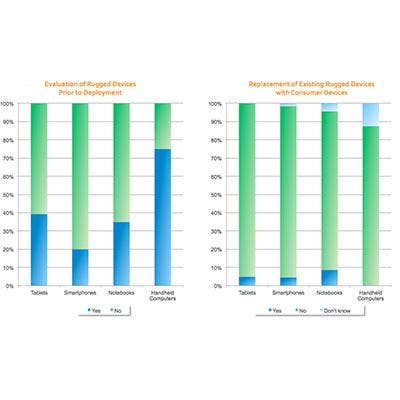
Opportunity
Fortunately for resellers, plenty of companies still don't even consider buying rugged devices when speccing out their purchases. This opens the door to sales opportunities for organizations armed with the right information to make the case. The chart shows that fewer than 40 percent of companies consider rugged tablets, even fewer think about durable notebooks, and fewer still where smartphones are concerned. However, once the decision is made to deploy rugged devices, only a tiny fraction of companies later replace those devices with nonrugged ones.
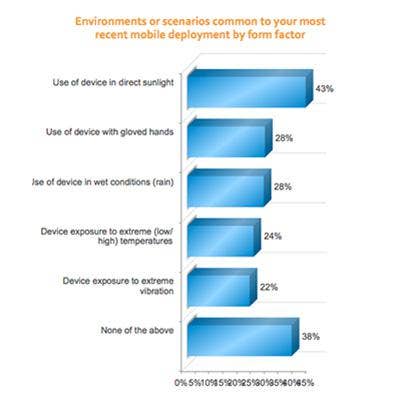
Who's Using Them?
Best practices dictate that the need should drive the sale. Rugged devices can be useful for health-care workers and insurance agents, on construction sites, in mechanic shops and combat zones, and for mineral exploration, service industries, law enforcement and real-estate agents. The key is to know the user and the environment. The most common requirement is that the screen be visible in direct sunlight. After that, equal numbers of users need to operate the devices with gloved hands, in wet conditions and, to a lesser degree, in extreme temperatures or under conditions of shock or vibration.
The CRN Test Center regularly reviews rugged devices at CRN.com/reviews.